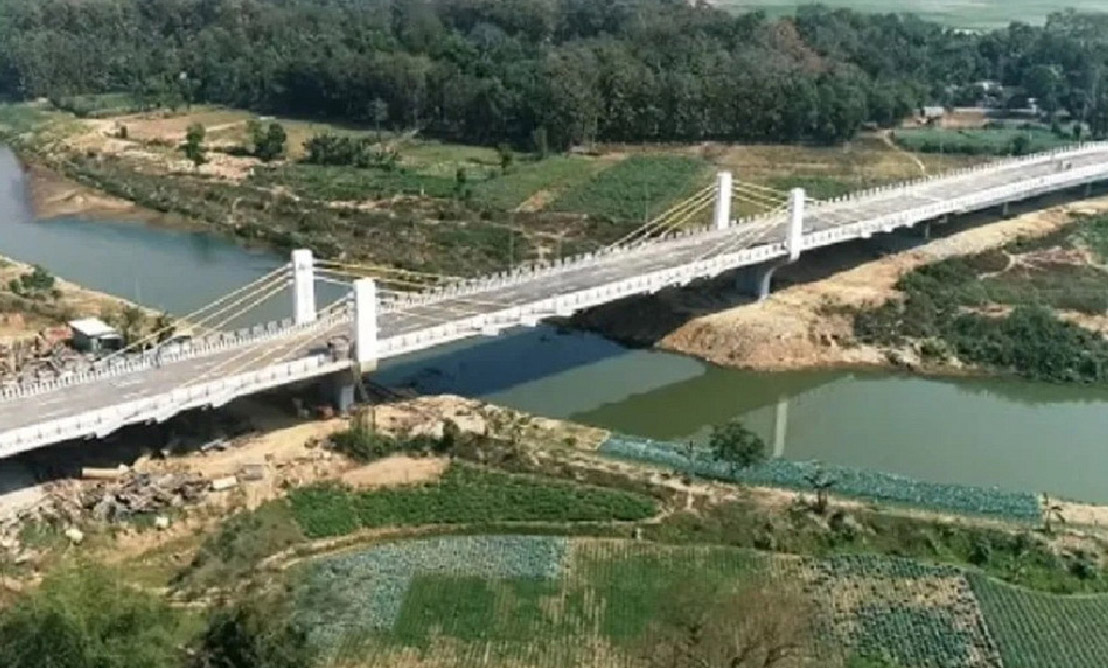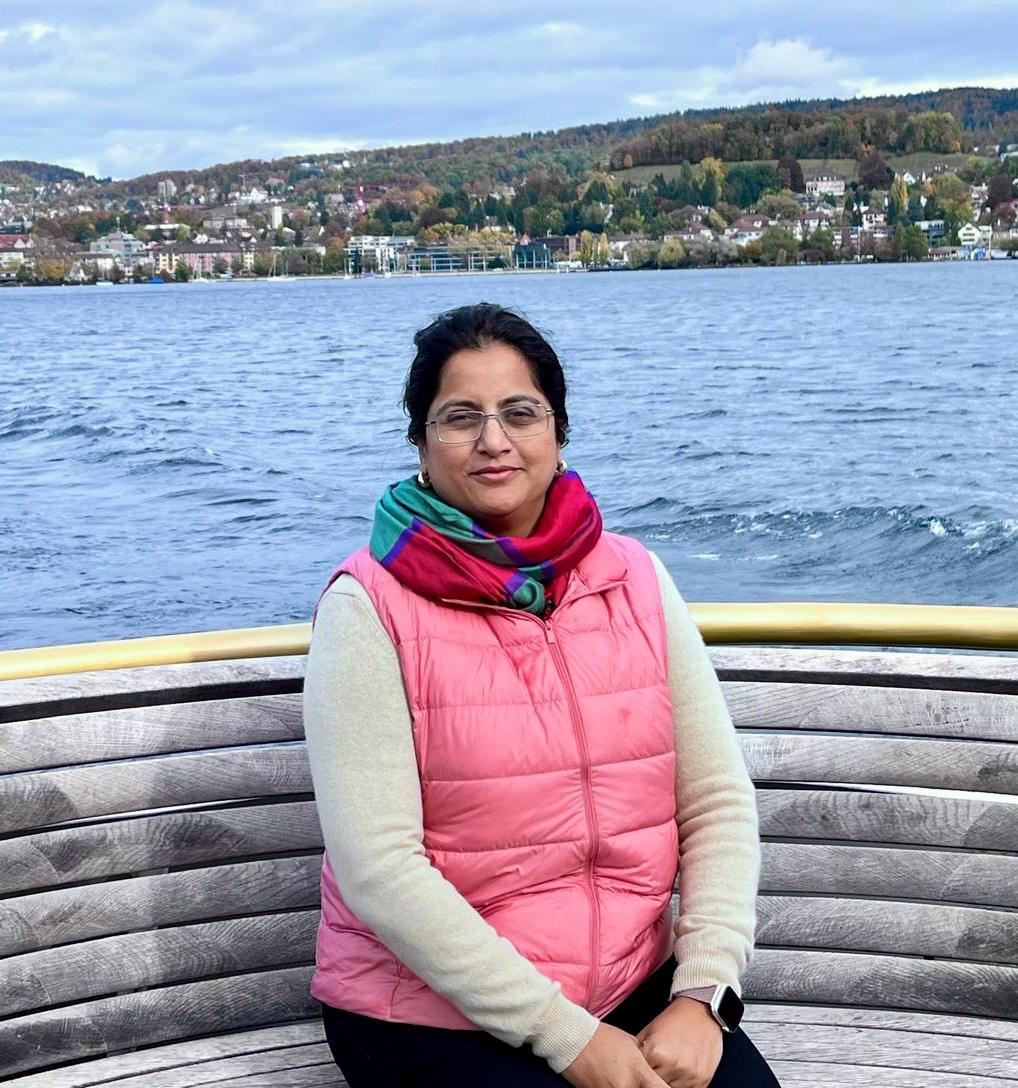Very recently, Bangladesh’s Chief Advisor Muhammad Yunus made a controversial statement that “it should occupy Northeast India if India attacks Pakistan.” The remark did not go well, with many experts refuting it as an indignant comment. The highlight of the comment was the reaction of Northeastern netizens, who hailed a series of criticisms. While such a reaction was speculated, what stood out was the pride in Indianness that the Northeast has collectively shown, intricately innate as a core identity. India had already won. And you will know why I make this statement.
Decades ago, India and its ideals were very distant from the people of the Northeast. Mongoloid in appearance, different in practices and culture compared to the rest of India, the people of Northeast India often thought of India as its colonizer, taking advantage of its resources. The masses were mainly insurgent sympathizers and felt they were discriminated against, disregarded, and neglected. There was once a time when nationalism did not cross the minds of the youths of the Northeast, but patriotism hostile towards India was highly regarded. But this has changed. The youths of today see hope in India; they align with a common goal for the nation and take pride in calling India their country. This is exemplified in the rush of comments that followed Yunus’s remark. However, Yunus’s remarks also convey a somber narrative about Northeast India.
It strongly emphasizes the geopolitical status of India and how the Northeast plays a crucial and strategic role in shaping India’s future as a global player. The landlocked region comprises eight states: Sikkim, Arunachal Pradesh, Assam, Manipur, Meghalaya, Mizoram, Nagaland, and Tripura. It is connected to mainland India through a narrow corridor, often referred to as the Chicken Neck Corridor or the Siliguri Corridor. A biodiversity hotspot, rich in natural resources, this region exhibits a close affinity in terms of culture and traditions with Southeast Asian countries. Northeast India also shares international borders with Nepal, Bhutan, China, Myanmar, and Bangladesh. While India has the advantage of being the ‘guardian’ of the Indian Ocean, connecting India globally to countries such as those in the Middle East and South Africa through this ocean, the Northeast of India also serves as another flank for India to establish close connections with countries in the East. This makes the Northeast a crucial region for strengthening economic, cultural, and strategic connections with ASEAN countries, as well as with the rest of the world, thereby capturing the attention and the interest of many, including Yunus and his government.
India developed a key pillar policy called the Act East Policy to strengthen its ties with ASEAN countries. ASEAN, established in 1967, comprises countries such as Brunei, Cambodia, Indonesia, Laos, Malaysia, Myanmar, the Philippines, Singapore, Thailand, and Vietnam, with Timor-Leste granted Observer status as it progresses towards becoming its 11th member state. ASEAN countries are India’s fourth-largest trade partner, espousing a close relationship that emphasizes trade and commerce, security, culture, and regional connectivity. Today, India’s trade with ASEAN countries accounts for approximately 11% of its total trade. The ASEAN-India Free Trade Agreement, the establishment of the ASEAN India Business Council (AIBC) in 2003 to bring private players together, and the opening of academic opportunities, as well as training ASEAN diplomats and boosting cultural interactions, are several levels on which India has worked with ASEAN countries, also under the Mekong-Ganga Cooperation. Other international collaborations include BIMSTEC and its plan for connectivity in transportation, as well as enhancing BBIN collaborations, such as the BBIN Motor Vehicle Agreement. Additionally, there are collaborations with India and Japan in the Northeast, and several projects are being undertaken under the Free and Open Indo-Pacific initiatives. These projects are a testament to the region’s geographical positioning and its vital significance for India.
Somehow, the challenge of living up to India’s dream for this region lies in the obstacles posed by the region’s geographical aspects. Rugged in nature and situated in a highly sensitive zone due to its topography, climate, and biodiversity, development in the Northeast is often slow-paced and requires meticulous planning. This is usually catalyzed by the internal issues faced by the region. Northeast India, for decades, gained a reputation, largely due to the popular narrative of many insurgents, for being skeptical towards India and among communities living together in the region. Hostility and violence have wrecked the region, making it highly volatile. The controversial record of the state’s hostility through the Armed Forces Special Powers Act (AFSPA) in several areas of the Northeast has often triggered human rights advocates. Added to these attacks against security forces by armed insurgents and militant groups, conflicts between communities are huge factors affecting peace and harmony in the region. Instability lies at the opposite pole of peace and development. With a massive rural population facing a huge lack of basic amenities, the Northeast is also flagged for its porous borders.
Immigration, an enormous influx of foreigners from Myanmar and Bangladesh, has often created huge uproar in the states of Tripura, Assam, and, very recently, in Manipur. Conflict and instability also invite security issues. Upon examination of the picture, the efforts of the present government include the tripartite Memorandum of Settlement, known as the ANVC Accord, signed between the Government of India, the Government of Meghalaya, and the Achik National Volunteer Council in 2014. This led to the surrender of arms and the disbandment in December 2014. Similar efforts to bring armed militants to surrender and integrate into mainstream society include the Bodo Accord of 2020, involving Assamese militants; the National Liberation Front of Tripura (NLFT) Agreement of 2019; and the Peace Agreement with the United National Liberation Front (UNLF) of Manipur in 2023, among several others. The government’s efforts to bring peace and reduce conflict also involve settling land disputes, as seen in the landmark 2022 agreement to resolve a boundary dispute between Assam and Meghalaya. In terms of infrastructure needed to boost the economy, several projects have been undertaken. Mention can be made of the India-Myanmar-Thailand trilateral highway, as well as the Maitri Setu, which connects India with Bangladesh through Tripura, making Agartala the closest Indian city to an international seaport. Saturated government projects with practical implementation, boosting tourism, connectivity, and the economy, are the new dawn that has arrived in the Northeast. The Northeast is not just a gateway to Southeast Asia, but also an advantage for India to showcase India’s strength. Northeast India, no doubt, is strategically positioned, but are we ready to focus our perspectives and align the region’s needs?
India needs a full-time effort involving blood, sweat, and tears to bring the Northeast to the paradigm of visibility and gain people’s confidence. The Honorable Prime Minister, Narendra Modi, in his address at the inauguration of Ashtalakshmi Mahotsav on December 6, 2024, in Delhi, mentioned how the nation is striving to connect with the Northeast through “the Triveni of Emotions, Economy, and Ecology.” In the address, the Prime Minister mentioned that the effort is not merely about bringing infrastructure to the region, but about laying the foundation for a “brighter and sustainable future.” The future indeed seems promising. Still, the question remains how far we are ready to go the extra mile. The Northeast’s importance lies in positioning India at the center of the Asia Pacific. The region serves as a platform for India to expand its reach and counter China’s growing influence. While it is true that fostering influential relationships is crucial, it is also essential for combating aggression and terrorism as well as promoting peace through diplomatic cooperation. The need of the hour is to bring this vision to life, collectively engaging the people of the Northeast emotionally, mentally, and physically through awareness and education. And we are already halfway through.
The views and opinions expressed here belong solely to the author and do not reflect the views of BlueKraft Digital Foundation.







